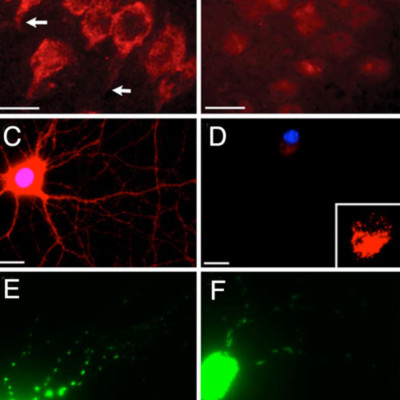Abstract
The dsRNA-binding protein Staufen was the first RNA-binding protein proven to play a role in RNA localization in Drosophila. A mammalian homolog, Staufen1 (Stau1), has been implicated in dendritic RNA localization in neurons, translational control, and mRNA decay. However, the precise mechanisms by which it fulfills these specific roles are only partially understood. To determine its physiological functions, the murine Stau1 gene was disrupted by homologous recombination. Homozygous stau1(tm1Apa) mutant mice express a truncated Stau1 protein lacking the functional RNA-binding domain 3. The level of the truncated protein is significantly reduced. Cultured hippocampal neurons derived from stau1(tm1Apa) homozygous mice display deficits in dendritic delivery of Stau1-EYFP and beta-actin mRNA-containing ribonucleoprotein particles (RNPs). Furthermore, these neurons have a significantly reduced dendritic tree and develop fewer synapses. Homozygous stau1(tm1Apa) mutant mice are viable and show no obvious deficits in development, fertility, health, overall brain morphology, and a variety of behavioral assays, e.g., hippocampus-dependent learning. However, we did detect deficits in locomotor activity. Our data suggest that Stau1 is crucial for synapse development in vitro but not critical for normal behavioral function.
